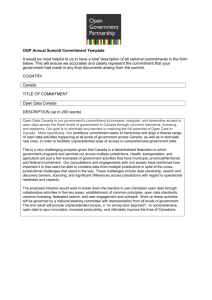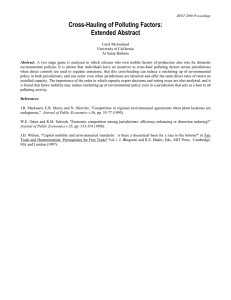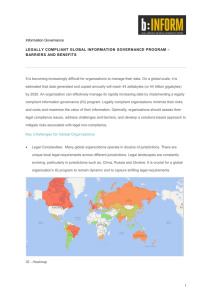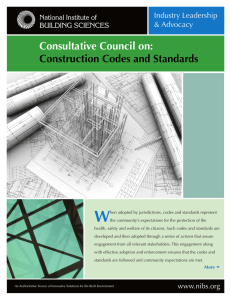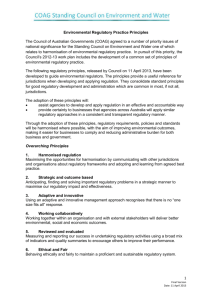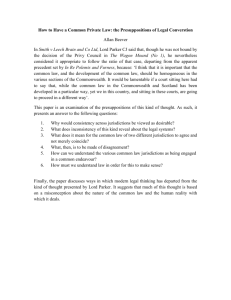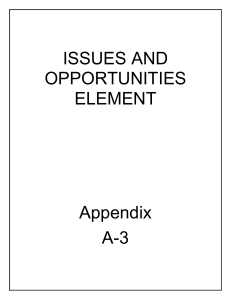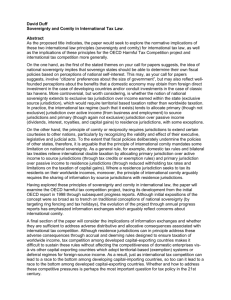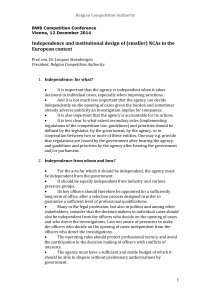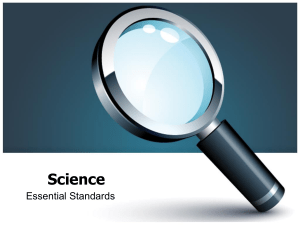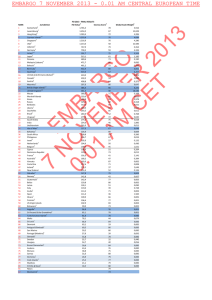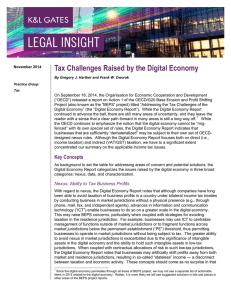Unit 1: The Practice of Law
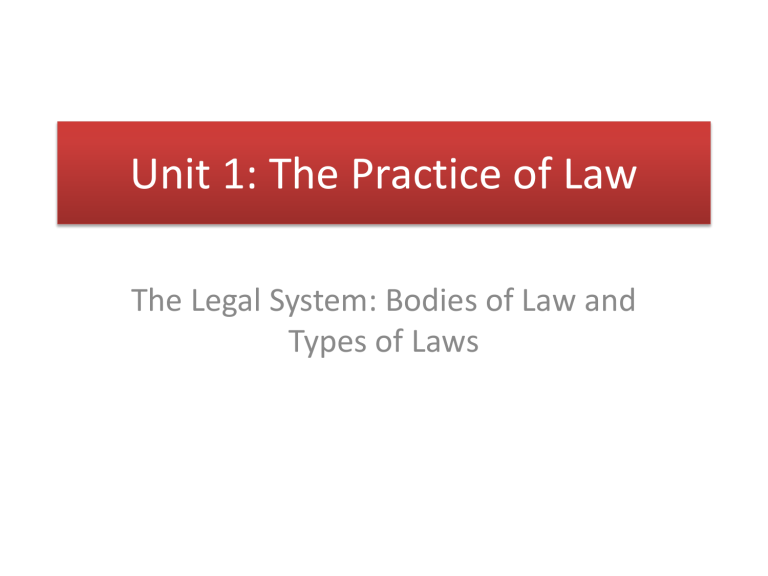
Unit 1: The Practice of Law
The Legal System: Bodies of Law and
Types of Laws
page 1
As an opening discussion:
Q: What are the differences between Common Law and Civil Law?
• Which jurisdictions around the world use which body of law?
• What do you know about the histories of these two bodies?
• What is the primary source of laws under each body?
Page 2
• Common Law is used in England , Wales and Northern Ireland, most of the
USA (except Louisiana), most of Canada (except Quebec) and most of the former British Empire /Commonwealth. It originated in England and was institutionalised by King Henry II who created a unified or “common” system for the whole country.
• Civil Law is based on Roman Law, especially Emperor Justinian’s Corpus
Juris Civilis. Under Civil Law, courts base their decisions on codes and statutes from legislation. This is slightly different from common law where laws come mainly from customs, usage and previous court decisions
(precedents). Of course, common law jurisdictions have legislation, but this is technically seen as an incursion into the system.
• There are also many jurisdictions which use a mixture of common or civil law with Islamic (Shariah) law. (http://www.droitcivil.uottawa.ca/worldlegal-systems/eng-tableau.html)
Key terms
The two most internationally important bodies of law are:
• Common Law : Mainly based on existing customs, usage and previous decisions (precedent)
• Civil Law : Based on codified written laws; written legal codes based on normative principles
• Criminal Law : an area of law dealing with crimes and punishments; includes fines and imprisonment
*common-law jurisdictions are typically those of English-speaking countries such as England, Wales, Northern Ireland and the U.S.
*civil law covers the majority of Europe, Asia, South America and much of Africa
Legal Jurisdictions
Red – Common Law Jurisdictions
Blue – Civil Law Jurisdictions
Brown – Mixed/Bijuridical (Common and Civil Law)
Yellow – Shariah or Fiqh Jurisdictions
Language Notes
• Use of the term “jurisdiction” is more accurate than the term
“country” when referring to geographic relevance. Some countries have several jurisdictions: such as Canada, the UK and the U.S.
• The Law of Torts is a major branch of common law. It means
“civil wrong” and covers all cases of damage or injury, either through negligence or willful misconduct.
• Normative principles prescribe the way something ought to be, rather than describe the way it actually is.
• Precedents are previous court decisions which are used as the
basis for later decisions.
• If you are bound by a law, you must act according to that law.
Types of Laws
• What kinds of institutions issue laws?
Types of Laws
•
Various institutions that enact laws:
•
National governments
•
Local authorities
•
State governments
•
Government agencies
•
Supra-national institutions
(such as the EU and the UN)
Types of Laws
Legal documents that define laws:
Directives: orders from a central authority to be carried out according to local initiative
Regulations: somewhat detailed rules set by or issued by a government agency
Ordinance: law enacted by a town, city or county government; also: “by-law”
Statute: Formal written law enacted by a legislative body
Bill: draft of a law before it is officially enacted or passed.
Ex: “The bill was passed into law.”
Language Notes
• If a statute is unambiguous, it has only one possible interpretation, so it is not likely to be misunderstood.
• If a court gives effect to the intention of the legislature, it enforces the legislature’s decision. This usage is related to “to
come into effect” (if a law comes into effect, it starts being valid)
Speaking 1: Language Note
• There are no very significant differences in the meaning of these 8 words!
• Ex: “The law provides that there shall be no taxation without representation.”
Speaking 1
• Choose a “favorite law”, one from your jurisdiction or one that you have heard of and describe it to a partner.
• Or – if you’re feeling more creative, invent a law and describe it.
• (Use as many of the 8 words as possible.)
• For some mythical laws: http://www.cec.org.uk/press/myths/index.htm
Types of Courts
• Appellate court: (Appeals Court) This is where a case is reviewed which has already been heard in a lower court.
• Crown court: This is where serious cases are held by a judge and a jury in the UK
• High court: This is usually the highest court in the jurisdiction; court of last resort
• Juvenile court: for those under 18
• Lower court: (court of first instance) primary jurisdiction; where a case is heard for the first time.
• Magistrates’ court: small crimes are tried in the UK
• Moot court: Where law students argue hypothetical theses.
• Small claims court: This is where cases which involve a smaller amount of money are handled.
• Tribunal: a group of specially chosen people examine special and particular legal issues
Persons in Court
